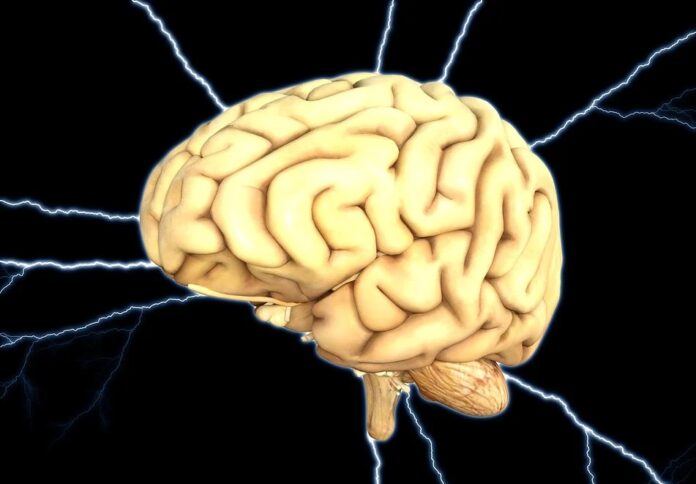The octopus he has a very complex brain and cognitive abilities that are unique among invertebrates. So much so that, in certain respects, it is more like a vertebrate than an invertebrate. Now, a new study published in BMC Biology could explain why his advanced brain. The key could be in the transposons or “jumping” genes, which we humans also possess.
At least two species of octopus, the common octopus (Octopus vulgaris) and the Californian octopus (Octopus bimaculoides) share with us genes known as transposons or “jumping” genes. In 2001, after the human genome was sequenced, it was discovered that a 45% of it is made up of these types of genes.
Transposons move within our genome through molecular mechanisms of copy and paste or cutting. In most cases they are in a silent state: they have no visible effects and do not move. Some of them are dormant because, over generations, they have accumulated mutations. Others are intact, but blocked by cellular defense mechanisms. From an evolutionary point of view, even these fragments and broken copies of transposons may still be useful, as “raw material” that evolution can carve out.
Brain
The most relevant mobile genes are those belonging to the LINE family (Long Interspersed Nuclear Elements or intercalated long nuclear elements, in Spanish). They are found in a hundred copies in the human genome and are still potentially active.
Traditionally it has been thought that the activity of the LINEs was only a vestige of the past, a remnant of the evolutionary processes in which these mobile elements were involved, but in recent years new evidence has emerged showing that their activity is finely regulated in the body. brain. Many scientists believe that LINE transposons are associated with cognitive abilities such as learning and memory. They are especially active in the hippocampus, the most important structure in our brain for the neural control of learning processes.
In the genome of the octopuses studied, as in ours, there is a good number of transposons, most of them inactive. The scientists searched octopuses for transposons capable of copying and pasting and found one of the LINE family in areas of the brain that are crucial for the cognitive abilities of these invertebrates. The discovery was achieved through next-generation sequencing techniques that were used to analyze the molecular composition of active genes in the octopus nervous system.
“The discovery of an element of the LINE family, active in the brain of both octopus species, it is very significant because it adds support to the idea that these elements have a specific function that goes beyond copy and paste»explains Remo Sanges, director of the Computational Genomics Laboratory at the Scuola Internazionale Superiore di Studi Avanzati (Trieste, Italy) and who has also participated in the study.
Study
In the study published in BMC Biology An international team of scientists made up of more than 20 researchers has participated.
“I literally jumped out of my chair when, under the microscope, I saw a very strong signal of activity of this element in the vertical lobe, the structure of the brain that in the octopus is the seat of the brain. learning and cognitive abilities, much like the hippocampus in humans.”says Giovanna Ponte, from the Stazione Zoologica Anton Dohrn (Naples, Italy).
According to Giuseppe Petrosino, from the Stazione Zoologica Anton Dohrn, and Stefano Gustincich, from the Istituto Italiano di Tecnologia, “This similarity between man and the octopus, showing the activity of a LINE element at the seat of cognitive abilities, could be explained as a fascinating example of convergent evolutiona phenomenon by which, in two genetically distant species, the same molecular process develops independently, in response to similar needs».
The octopus brain is functionally analogous in many of its features to that of mammals«, says Graziano Fiorito, director of the Department of Biology and Evolution of Marine Organisms at the Stazione Zoologica Anton Dohrn. “For this reason, in addition, the identified LINE element represents a very interesting candidate to study to improve our knowledge of the evolution of intelligence”.
Font: Mar Aguilar / Very Interesting
Reference article: https://www.muyinteresante.es/ciencia/articulo/en-que-se-parece-el-cerebro-de-un-humano-y-el-de-un-octopo-511656318077













![[Img #73262]](https://thelatestnews.world/wp-content/uploads/2024/07/The-era-of-artificial-intelligence-in-digital-marketing-in-Spain-300x200.jpg)
Add Comment